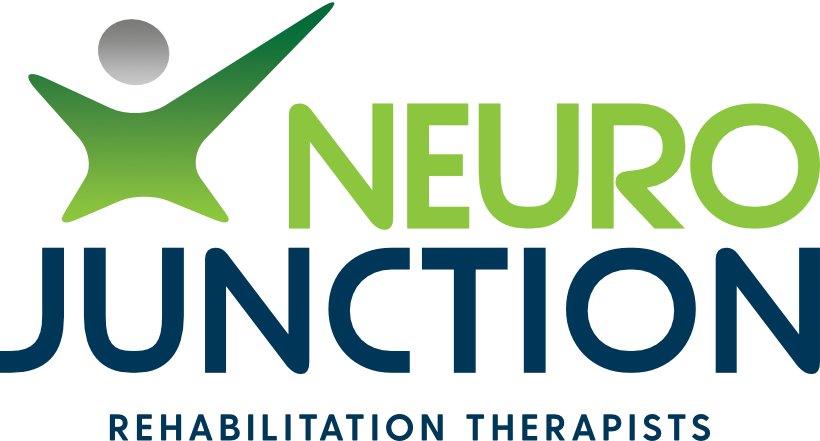Limb Apraxia
What is LIMB APRAXIA?
Example of Ideomotor Apraxia
Apraxia is difficulty with skilled movements, even when the person has the ability and desire to do so. This is caused by a disruption to the brain, e.g. a stroke. People with apraxia have difficulty with the brain delivering the correct information to the body to complete skilled movements. Apraxia is defined through the exclusion of muscle weakness, lack of coordination, poor sensation, poor comprehension and inattention. Apraxia can be of the limbs or speech, or in some cases both.
Example of Ideational Apraxia
Apraxia of Speech: this is an impairment where people are unable to translate desired speech plans into motor output, resulting in impacted speech. You may be unable to coordinate and move the lips/tongue to create the correct sounds. If speech is impaired, a speech pathologist is often consulted as part of a multi-disciplinary approach. A speech pathologist will assess, diagnose and treat apraxia of speech.
Types of Limb Apraxia:
Ideational Apraxia
Gait retraining for Executive Apraxia
“knowing what to do”
This type of apraxia people lose mental ideation and have a loss of concept. This is, for example, not being able to recognise a toothbrush or drill, or inappropriate use of item
Damage to the posterior temporal node in the left side of the brain
Ideomotor Apraxia:
“knowing how to do it”
This type of apraxia people have a loss in their ‘kinematic memory’, meaning they are impaired in knowing what to do with an object e.g. how to use a comb.
Damage to the inferior parietal node
Executive Apraxia:
Breakdown in problem solving or with sequencing more complex tasks
Executed as if action is unfamiliar
Reduced smoothness, precision, problem solving and understanding of task/movement
Damage to the Inferior frontal lobe
Relationship between apraxia and left hemispheric strokes:
Apraxia is a common impairment for people who have suffered a left hemispheric stroke. Limb apraxia occurs in 60% of left hemispheric strokes. This is due to the stroke being in the area of the brain working to produce/perform speech and comprehension for skilled movements and object recognition.
Other impairments from a left hemisphere stroke can include;
Right weakness in limbs
Aphasia. (language disorder affecting ones ability to communicate)
Memory loss
Alexia (inability to read)
Dysphagia (swallowing difficulties)
Neglect
How Can Neuro Junction Help?
There are many treatments that can be utilised by our staff in the management of apraxia. Our staff have undergone professional development sessions in this area to better understand how we can assist you in your rehabilitation journey.
A multi-disciplinary approach is important, incorporating occupational therapy and physiotherapy when needed. Alongside this, referrals and recommendations can be made to speech pathologists or other health professionals if needed.
Interventions can involve compensatory methods, restorative methods and environmental modifications. Treatment is tailored to the client and works towards achieving set goals with the therapist.
References
Buxbaum, L. J., & Randerath, J. (2018). Limb apraxia and the left parietal lobe. Handbook of Clinical Neurology, 151, 349–363. https://doi.org/10.1016/B978-0-444-63622-5.00017-6
Gowda, S. N., & Kolton Schneider, L. (2024). Apraxia. PubMed; StatPearls Publishing. https://www.ncbi.nlm.nih.gov/books/NBK585110/#:~:text=Types%20of%20apraxia%20include%20ideomotor



